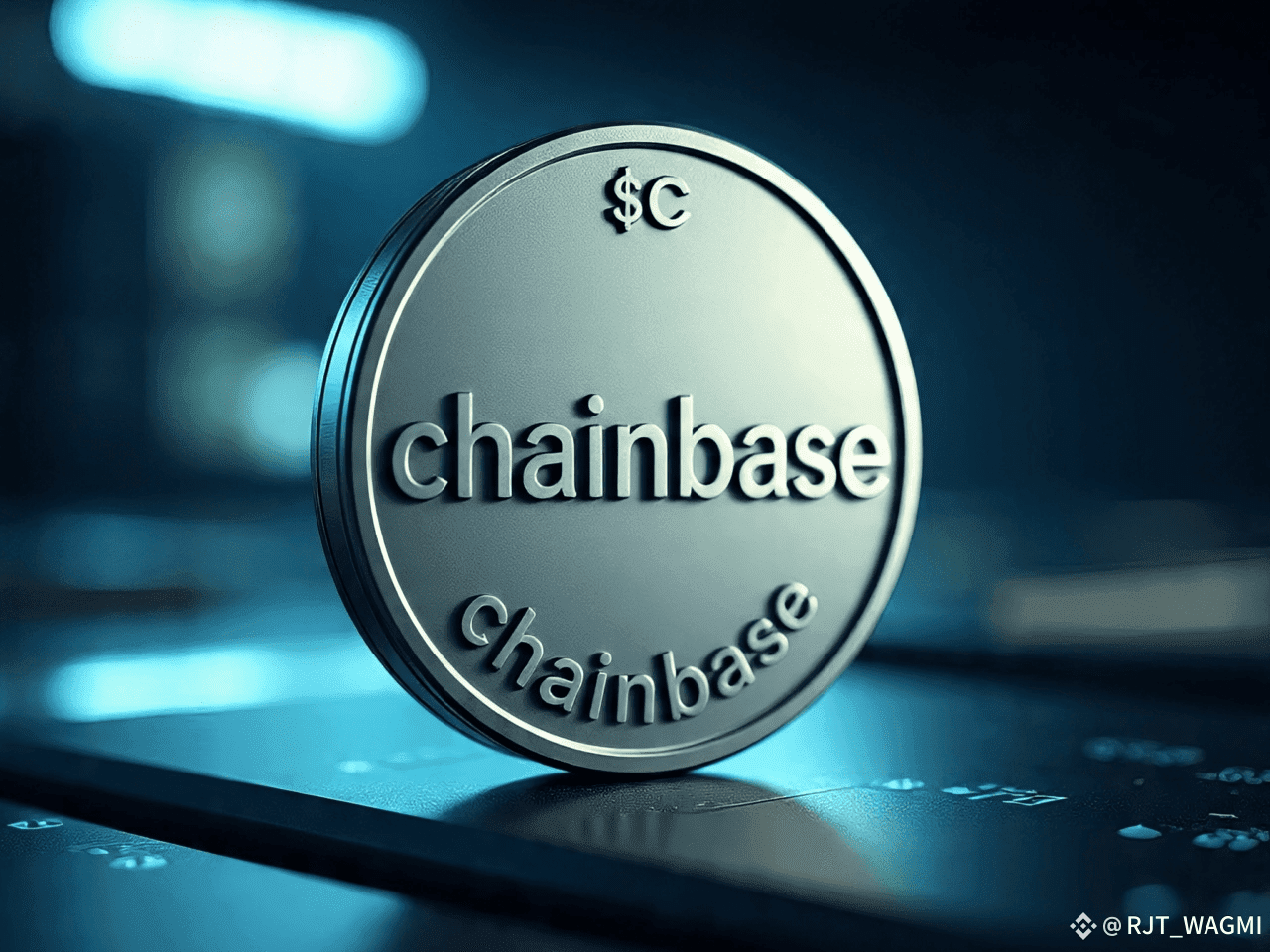The blockchain ecosystem is evolving rapidly, yet developers often face a persistent challenge: fragmented tools, inconsistent data, and complex analytics. Web3 promises decentralization and innovation, but without the right infrastructure, development can become cumbersome, time-consuming, and error-prone. Chainbase addresses these challenges by providing a seamless, structured, and intuitive data experience, empowering builders to unlock actionable insights efficiently.
1. The Challenge of Web3 Development
Developers entering the Web3 space confront multiple obstacles:
Fragmented data sources: Transaction histories, wallet activities, token flows, and smart contract events are scattered across various chains and platforms.
Steep learning curves: Traditional blockchain analytics often require specialized knowledge of multiple protocols, APIs, and data models.
Inefficiencies in development: Without ready-to-use tools, teams spend valuable time building infrastructure rather than innovating.
These factors combine to slow down product development and limit experimentation. Chainbase transforms this complexity into clarity and efficiency, offering developers a single, reliable ecosystem for blockchain data.
2. Unified, Developer-Friendly Platform
At its core, Chainbase is a unified analytics platform that converts messy blockchain data into structured, query-ready insights. Key features include:
SQL-like interface: Developers can execute complex queries without deep technical expertise in blockchain-specific languages.
Data standardization: Multiple chains, tokens, and wallets are normalized for easier analysis.
Intuitive dashboards: Visual representations make insights accessible at a glance, facilitating faster decision-making.
This all-in-one approach eliminates the need for multiple third-party tools, giving developers more time to focus on product innovation rather than data wrangling.
3. Accelerating Development with Project Templates
One of Chainbase’s most notable innovations is the introduction of pre-built project templates and dashboards, which:
Reduce development timelines from weeks to hours.
Offer ready-to-use frameworks for analyzing wallet behavior, token flows, DeFi interactions, and NFT activity.
Enable rapid experimentation and iteration by providing a plug-and-play environment for common Web3 use cases.
These templates act as accelerators, allowing teams to gain actionable insights immediately without building tools from scratch.
4. $C Token: Governance, Staking, and Rewards
The Chainbase ecosystem is further enhanced by its native token, $C, which is designed to:
Enable governance: Token holders have a voice in the platform’s strategic direction.
Power staking mechanisms: Incentivize long-term participation and ecosystem growth.
Reward contributors: Users gain benefits for active engagement, including data contributions and early adoption.
Furthermore, C integrates with cross-chain bridge infrastructure, enabling seamless interaction across multiple blockchain networks. This positions Chainbase as not only a tool but a cross-chain analytics hub, unlocking new possibilities for multi-chain projects.
5. Transforming Web3 Analytics
Chainbase is redefining how developers approach blockchain data by:
Providing a central nervous system for data: Every wallet transaction, token movement, and smart contract event is captured, normalized, and visualized.
Accelerating insight generation: Teams can respond to market trends, user behavior, and protocol performance faster than ever.
Enabling strategic decision-making: Developers and enterprises can leverage accurate, real-time insights to optimize products and protocols.
This shift represents a paradigm change in the efficiency, speed, and quality of Web3 development.
6. Use Cases Driving Adoption
Chainbase’s ecosystem supports a wide array of applications:
1. DeFi analytics: Track liquidity, staking patterns, and yield opportunities across chains.
2. NFT ecosystems: Monitor wallet interactions, NFT transfers, and marketplace trends.
3. Enterprise blockchain solutions: Enable firms to integrate blockchain analytics into existing workflows.
4. Cross-chain operations: Simplify interactions across Ethereum, Solana, BNB Chain, and other networks.
By addressing both individual developers’ needs and enterprise requirements, Chainbase positions itself as a comprehensive solution for the entire Web3 landscape.
7. Strategic Implications and Market Potential
Chainbase is more than infrastructure—it is a foundational platform shaping the future of blockchain analytics. With growing adoption and token integration:
Investors and developers see C as a stake in a platform that’s gaining traction and proving product-market fit.
The ecosystem is set to expand beyond analytics, potentially incorporating AI-driven insights, predictive modeling, and automated reporting.
Cross-chain interoperability establishes Chainbase as a hub in a multi-chain world, bridging the gap between isolated blockchain networks.
The platform is not just meeting current developer needs—it is anticipating future demands in a rapidly evolving Web3 environment.
8. Conclusion: A New Era for Web3 Builders
Chainbase is transforming the way developers interact with blockchain data. By combining unified data access, accelerated development templates, and $C-powered governance, it is creating an ecosystem where insights, efficiency, and innovation converge.

For builders in Web3, Chainbase is more than a tool—it is a strategic advantage, providing speed, clarity, and interoperability that was previously impossible. Holding $C is not simply speculative; it represents a stake in the early stages of a transformative platform that promises to redefine blockchain analytics for years to come.


